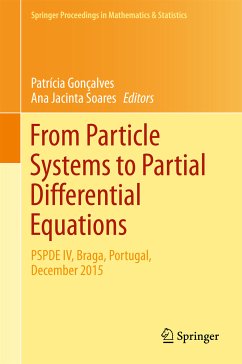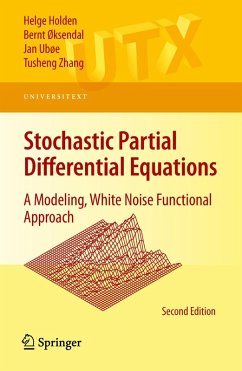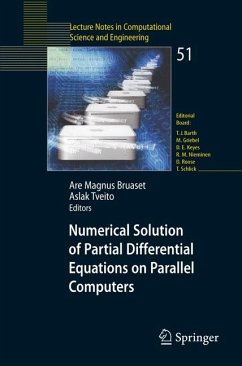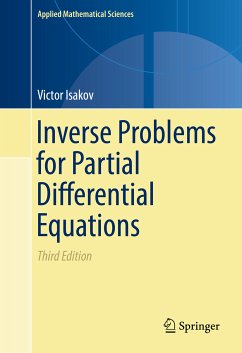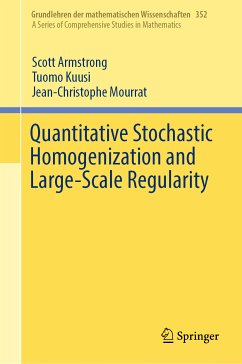
Stochastic Ordinary and Stochastic Partial Differential Equations (eBook, PDF)
Transition from Microscopic to Macroscopic Equations
Versandkostenfrei!
Sofort per Download lieferbar
72,95 €
inkl. MwSt.
Weitere Ausgaben:

PAYBACK Punkte
36 °P sammeln!
Stochastic Partial Differential Equations analyzes mathematical models of time-dependent physical phenomena on microscopic, macroscopic and mesoscopic levels. It provides a rigorous derivation of each level from the preceding one and examines the resulting mesoscopic equations in detail. Coverage first describes the transition from the microscopic equations to the mesoscopic equations. It then covers a general system for the positions of the large particles.
Dieser Download kann aus rechtlichen Gründen nur mit Rechnungsadresse in A, B, BG, CY, CZ, D, DK, EW, E, FIN, F, GR, HR, H, IRL, I, LT, L, LR, M, NL, PL, P, R, S, SLO, SK ausgeliefert werden.






